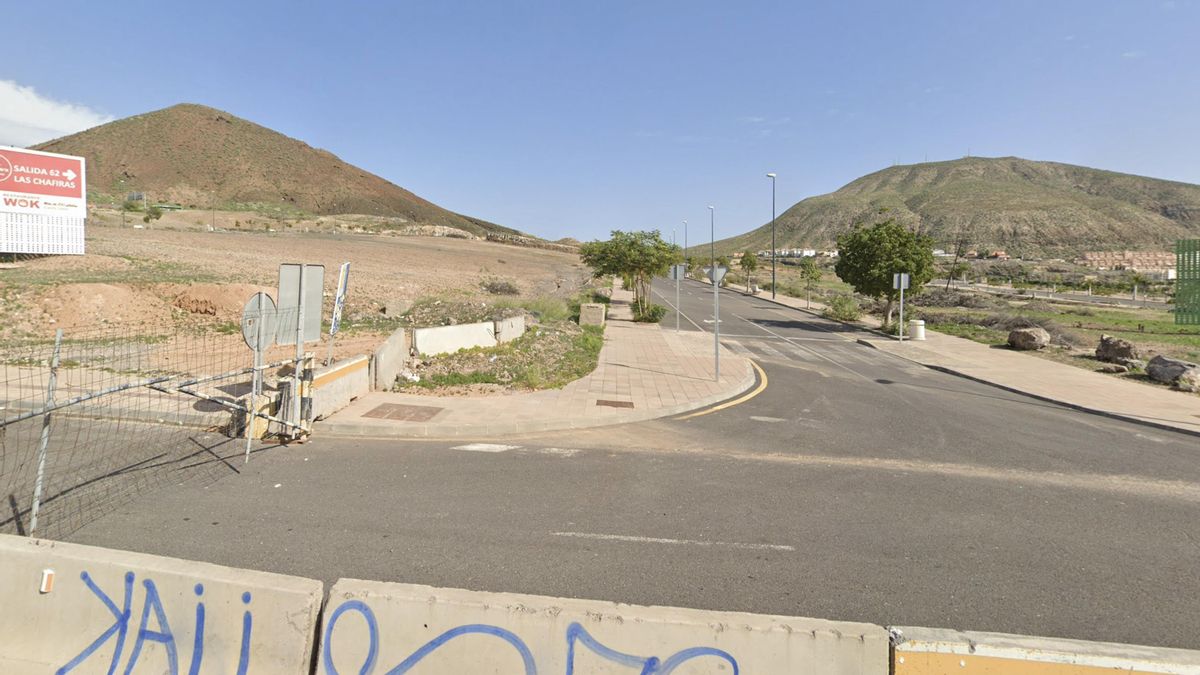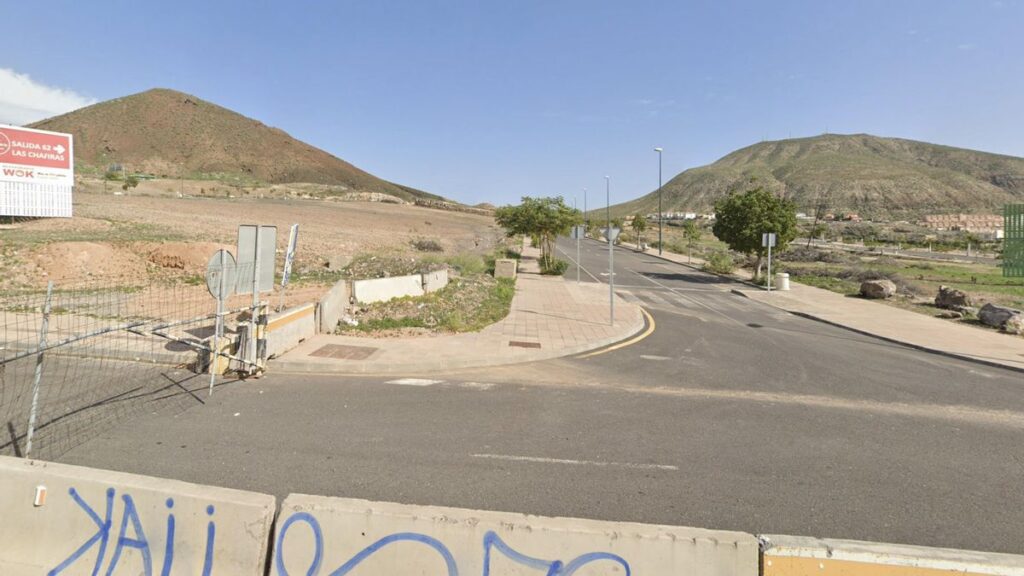Arona’s El Mojón Plan: A New Chapter for Southern Tenerife
The town council of Arona, in the south of Tenerife, has finally concluded the El Mojón Partial Plan after more than three decades. This ambitious project encompasses nearly one million square meters of expansion with plans for up to 8,900 residential and tourist beds, all developed under a “gentle construction” model with low building density.
A Vision for Quality Tourism
Javier Baute, the Councillor for Urban Planning, stated that the project will adhere to these “gentle construction” principles, focusing on attracting higher-quality tourism. He emphasized that most plots are privately owned, meaning development will be carried out by their owners within the planning regulations. This approach aims to avoid intensive, mass-market models, instead seeking a tourist profile characterized by higher quality and spending, moving away from mass tourism.
Timeline and Municipal Preparation
“We are at minute zero; we have just approved the reception of the partial plan. Within six months, we could be issuing the first licenses, both for hotels and commercial ventures,” Baute noted. He highlighted that the Arona council has already strengthened its technical staff by “more than 20%” and will continue to do so to handle the upcoming workload.
Green Spaces and Public Infrastructure
The land being transferred to the council consists of already-developed green zones and roadways, plus a total of three plots for public facilities. There is no possibility for public housing construction as no land with that designation exists within the plan. Baute clarified that the profile of this future area was defined over thirty years ago as a mix of residential and tourist use, pointing to other zones in the municipality, like Cho-Parque La Reina, which are more focused on housing for the Canarian population, with up to a thousand homes projected for residents.
Future Cultural and Community Prospects
The parks and green areas “are already finished and pending reception in the coming months,” while educational, cultural, and sports facilities “are not planned in the short term.” However, Baute did not rule out future projects, such as building a large, competent auditorium for concerts, which could be a major draw for southern Tenerife. The form this would take—such as ceding the land to a public administration like the regional government or island council—remains a technical matter yet to be discussed.
Demographic and Economic Impact
When asked about the anticipated population growth linked to El Mojón’s development, Baute indicated that the Compensation Board, made up of the developers, estimates that the maximum of 8,900 residential and tourist beds will translate to at least the same number in resident population. Regarding investment figures, the direct investment associated with the plan’s development is estimated at around €2 billion, with an indirect impact that could reach €8 billion, according to the typically “more optimistic” promoters. In any case, the direct investment will be at least double, around €4 billion, he affirmed.
Three Decades in the Making
The El Mojón Special Plan was approved in 1996, and its urbanization project in 1998, “but multiple technical, legal, and management difficulties paralyzed its development for over 30 years,” the town council noted. With nearly one million square meters in total, the partial reception means the municipality now receives the free transfer of 332,900 square meters of urbanized land for public infrastructure and services.
Land Allocation and Community Benefits
Of this land, 120,000 square meters will be allocated to roads, parking, and pedestrian areas; 11,400 to educational facilities; 15,900 to public sports installations; and 17,000 to cultural equipment. The council will also begin managing green zones and community areas, which will allow for the “reorganization of Los Cristianos and its surroundings, generate new facility areas, and reinforce sustainable mobility in Arona.”
A Giant Leap Forward
The president of the El Mojón Compensation Board, Miguel Villarroya, described this as “a giant leap for the municipality after more than 30 years of blockage.” He emphasized that the project is designed to attract a visitor “who contributes more to the local economy” and who, by opting for higher-quality services and experiences, “spends more in shops, restaurants, and local activities, boosting Arona’s economy without disproportionately increasing pressure on infrastructure.”
From Promises to Reality
Mayor Fátima Lemes highlighted that regarding El Mojón, “we are no longer talking about promises, but realities,” and that Arona will finally have land available for public facilities “that had been waited on for years.” The council maintains that this project “will mark a new stage in the comprehensive transformation of the municipality,” which has experienced constant demographic and tourist growth in recent decades.


